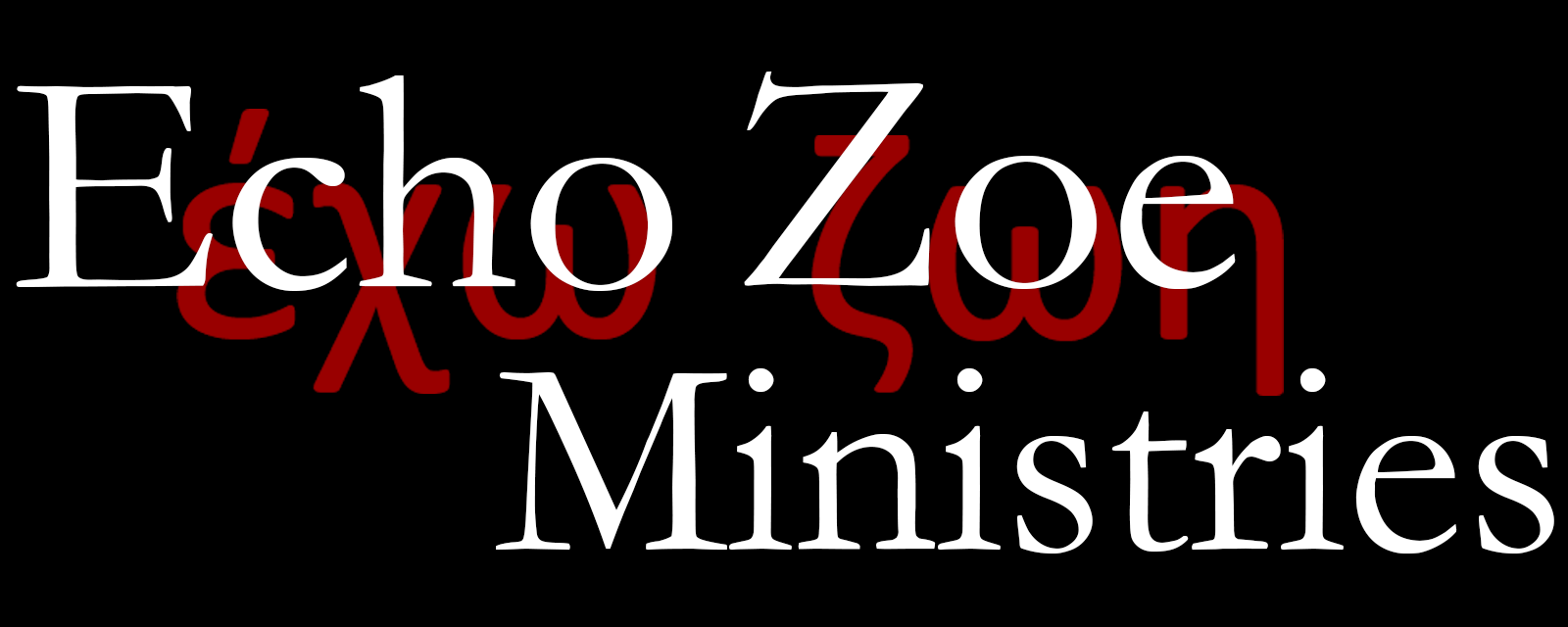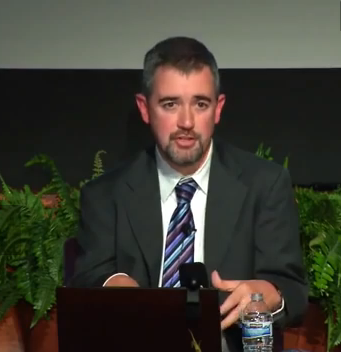
Dr. R. Scott Clark is Professor of Church History and Historical Theology at Westminster Seminary in Escondido, California. He also runs Heidelblog, where you can find his podcast, Heidelcast. He joins me this month for some church history discussion, we’re going to focus on the Canons of Dort.
Podcast: Play in new window | Download (Duration: 49:43 — 45.8MB)
Subscribe: RSS | Subscribe to Echo Zoe Radio
An Outline of the Discussion
- May 2019 was the 400th anniversary of the conclusion of the Synod of Dort.
- The Netherlands had been at war with Spain for decades, and at the time of the Synod, there were tensions within Protestantism that could have erupted in violence.
- The dispute addressed by the Canons of Dort reflected a confusion between justification & sanctification, between law & Gospel, and between the Covenant of Works & Covenant of Grace.
- Arminius was a Reformed minister who died in good standing in the Reformed church in the Netherlands.
- The roots of Arminian theology have their roots in Arminius' quest to explain evil without accusing God of being the author of evil.
- Strains of Arminianism include Open Theism and Molinism.
- Supralapsarian vs. Infralapsarian views described.
- The Canons of Dort answered both the doctrinal issues of Arminius and the further evolution of the Remonstrants.
- The Five articles of the Canons of Dort (colloquially the five points of Calvinism) were counter-points to the Five Articles of the Remonstrance.
- The acronym TULIP (in the English) is out of order. The proper order is ULTIP.
Scriptures Referenced
- Luke 10:28
- Romans 5
- Genesis 3:15, ch. 7, 12, 15, 17
- Romans 9
- Romans 7
- Ephesians 2
Additional Resources
- Canons of Dort (1619)
- The 5 Articles Of Remonstrance (1610)
- On The Canons Of Dort (33 Articles by Dr. Clark)
- Remembering the Canons With Bob Godfrey (Podcast: Office Hours)
- The Canons of Dort (Podcast: Office Hours)




